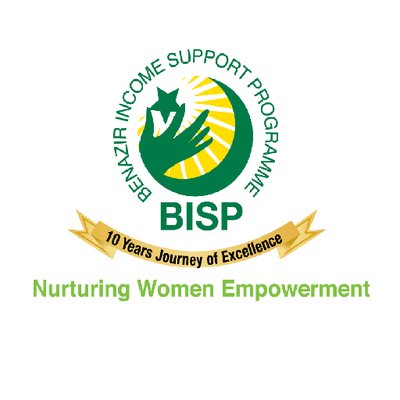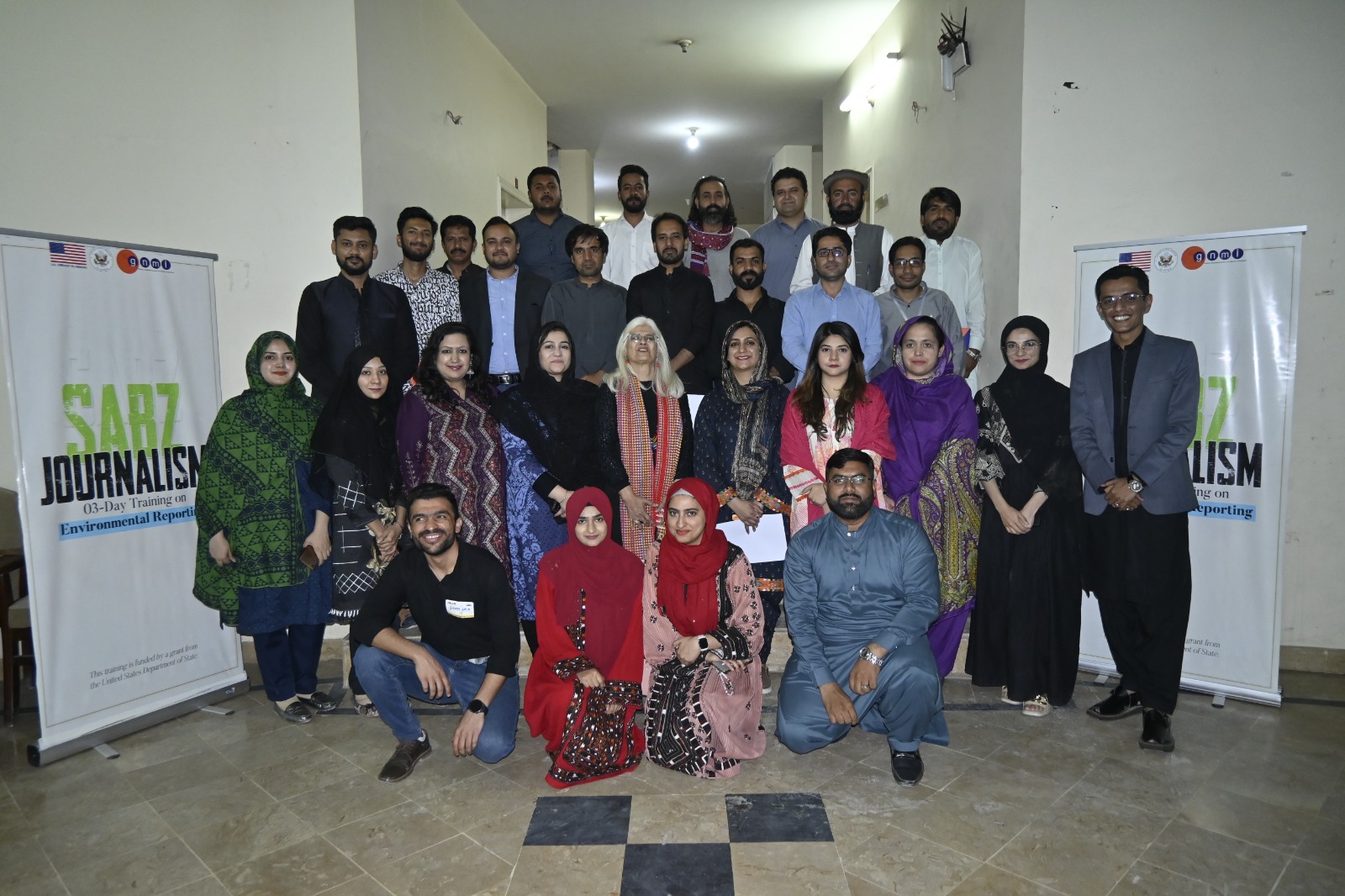By Qamar Naseem
In recent years, the battle against tobacco has been marked by both progress and persistent challenges. The tobacco industry, known for its resourcefulness, spent billions of dollars on advertising globally. This demonstrates the industry’s determination to maintain its market presence in the face of growing global restrictions. The World Health Organization’s Framework Convention on Tobacco Control (FCTC) has been instrumental in curbing Tobacco Advertising, Promotion, and Sponsorship (TAPS), but the tobacco giants continue to find innovative ways to circumvent these regulations. Their strategies include targeting specific populations like youth and women with customized marketing campaigns and exploiting loopholes in existing legislation worldwide.
A key element of Big Tobacco’s strategy is sponsorship, notably in sports and education. Retailer incentive programs further extend their influence, allowing cigarette manufacturers to control product placement, pricing, and promotion in stores. To counter these tactics, comprehensive advertising bans and strict regulations on marketing tactics, including retailer incentive programs, are not only essential but also need to be enforced in spirit. Public health organizations and public interest groups must also engage in aggressive counter-marketing efforts and develop impactful anti-smoking campaigns to reduce tobacco use, especially among young people.
The design and packaging of tobacco products also play a significant role in the industry’s marketing arsenal. Plain packaging, standardized in size, color, and branding, and adorned with graphic health warnings, as mandated in Australia, can be a potent tool against tobacco consumption. The Framework Convention on Tobacco Control (FCTC) has strongly advocated for such measures, understanding the impact of packaging on consumer behavior.
However, the tobacco industry’s tactics are not limited to advertising and packaging. They extend to the creation of front groups, organizations that appear independent but are actually funded by tobacco companies to advance their interests. These groups work to influence public opinion and policy, often under the guise of representing other agendas. Unmasking these entities requires vigilance and a commitment to transparency, ensuring that the public and policymakers are not misled by seemingly unbiased sources that are, in fact, industry mouthpieces.
Media manipulation remains a cornerstone of Big Tobacco’s strategy. Historically, the industry has used the media to downplay the health risks associated with smoking. In the contemporary landscape, their tactics have evolved to include sponsoring journalist events and using social media influencers to promote their products. Combatting these tactics demands focused education and advocacy efforts, particularly targeting young people who are most vulnerable to these persuasive techniques.
The introduction of electronic nicotine delivery systems (ENDS), such as e-cigarettes and heated tobacco products (HTPs), marks a new chapter in the industry’s marketing playbook. Promoted as safer alternatives to traditional smoking, these products are subject to less stringent regulations, enabling the industry to reach new consumers, particularly among the youth. The public health community must critically evaluate these products, focusing on scientific data rather than industry propaganda, and implement appropriate regulatory measures.
Legal challenges also form a significant part of Big Tobacco’s resistance to tobacco control measures. The industry has a long history of using litigation to delay or hinder the implementation of tobacco control policies. Aligning with WHO FCTC guidelines can strengthen the legal standing of governments and public health bodies against such challenges.
The tobacco industry’s multifaceted tactics require a comprehensive and vigilant approach. The global fight against tobacco demands a combination of stringent legislation, public education, transparency, and advocacy. By understanding and addressing these tactics, health professionals and the public can work towards reducing global tobacco consumption and the associated health risks.
The need for robust counter-tobacco tactics is important in addressing the public health crisis posed by tobacco use. These tactics should focus on increasing awareness about the dangers of tobacco, implementing strict regulations on its sale and advertising, and providing accessible cessation support for users. Enhancing vigilance around tobacco use involves educating the public, especially the youth, about its risks, and enforcing policies that limit exposure to tobacco products. Such strategies are crucial in reducing tobacco-related illnesses and deaths, and in promoting a healthier society. They require collaborative efforts from governments, health organizations, and communities to be effectively implemented and sustained.








